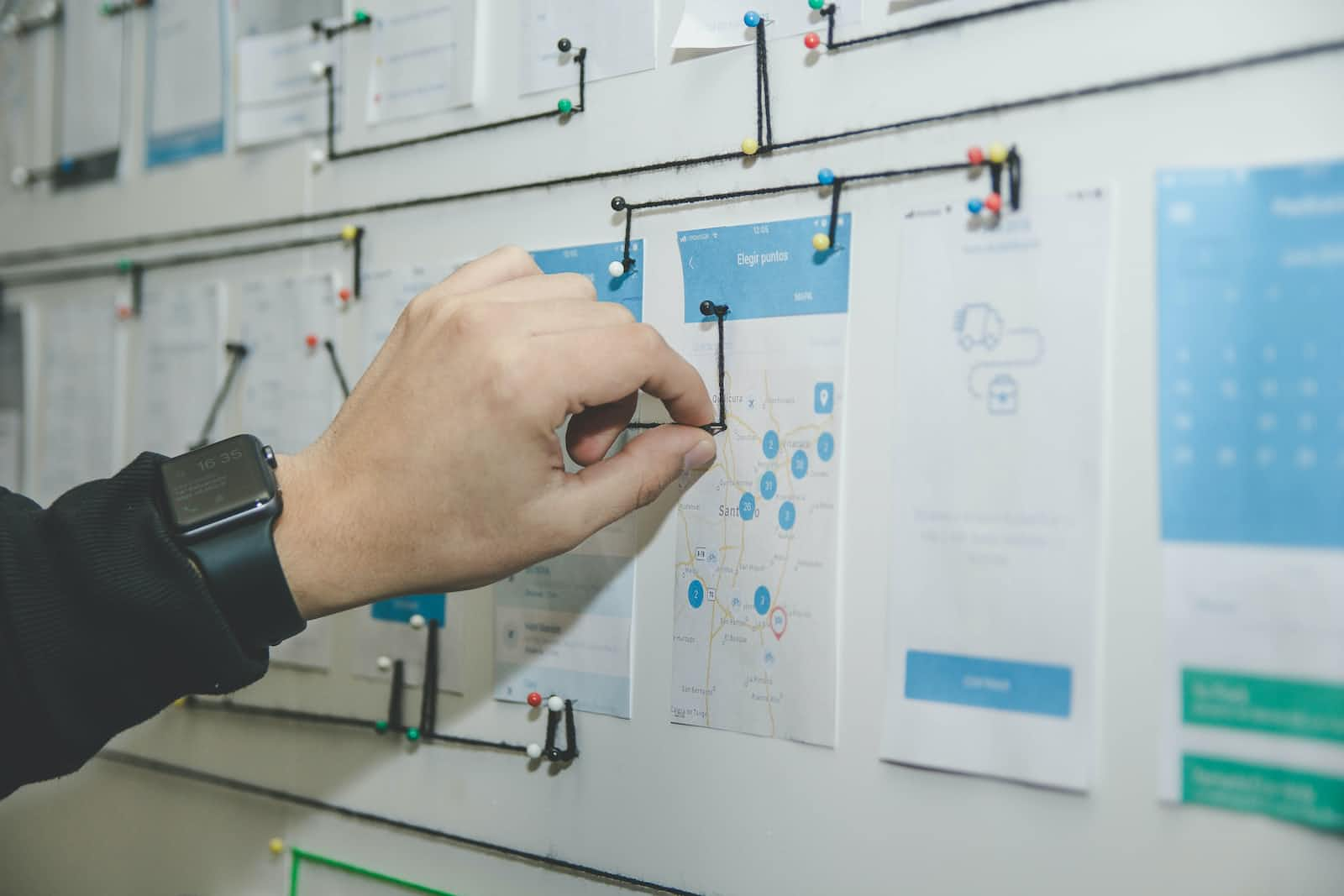Unlocking the Essence of UX Design: Roles and Responsibilities
 G Nosa Osas
G Nosa OsasTable of contents

User Experience (UX) design has evolved from being a buzzword to an integral part of product development. In today's digital age, where user-centricity is paramount, UX designers play a pivotal role in crafting exceptional user experiences. This article delves into the multifaceted roles and responsibilities of UX designers and how they contribute to the success of products and services.
What is UX Design
UX design is the methodical process of crafting digital or physical products and services with a deliberate emphasis on making them user-friendly, efficient, and delivering a delightful overall experience for users.

Various pivotal roles of UX designers
1. User Research and Analysis
User Research and Analysis UX designers start by gaining a deep understanding of the users. This involves conducting user research, surveys, interviews, and creating user personas. They analyze user behavior, needs, and pain points to inform design decisions.
2. Information Architecture
Creating a structured and intuitive layout is crucial for effective UX design. UX designers develop sitemaps and wireframes that define the information hierarchy, ensuring that users can easily find what they're looking for.
3. Prototyping and Wireframing
Prototyping is the process of creating interactive mockups or prototypes of a product. This allows designers to visualize the user flow and functionality before development begins. Wireframes provide a blueprint for the user interface (UI) design.
4. Usability Testing
Usability testing involves gathering feedback from real users, often in the form of A/B testing or usability studies. UX designers identify usability issues and refine the design based on user feedback, aiming for optimal usability and user satisfaction.
5. Visual Design
While not to be confused with graphic design, visual design is an essential aspect of UX. Designers focus on creating a visually appealing and consistent design that aligns with the brand, choosing colors, typography, and imagery thoughtfully.
6. Interaction Design
UX designers define how users interact with the interface. This encompasses designing intuitive navigation, buttons, forms, and other interactive elements. The goal is to create a seamless and enjoyable user experience.
7. Accessibility
Ensuring that the design is accessible to users with disabilities is crucial. UX designers follow accessibility guidelines and standards, making sure that everyone can use the product effectively.
8. User Documentation and Help Resources
Providing clear and concise user documentation and help resources is essential. This assists users in understanding and using the product effectively, reducing frustration and supporting inquiries.
9. User Testing
Throughout Development User testing isn't a one-time affair. UX designers continuously test the product with real users throughout the design and development process. This iterative approach ensures that the product evolves to meet user needs and expectations.
10. Collaboration Effective
UX design requires close collaboration with cross-functional teams, including developers, marketers, and stakeholders. This ensures a holistic and user-centered approach to product development.
In conclusion, UX designers are at the forefront of shaping user experiences in the digital landscape. Their roles encompass a wide array of responsibilities, from understanding user needs to crafting intuitive interfaces and driving continuous improvement. In a world where user satisfaction is synonymous with success, the importance of skilled and dedicated UX designers cannot be overstated. They are the architects of delightful and user-friendly digital experiences that leave a lasting impression.
Subscribe to my newsletter
Read articles from G Nosa Osas directly inside your inbox. Subscribe to the newsletter, and don't miss out.
Written by
